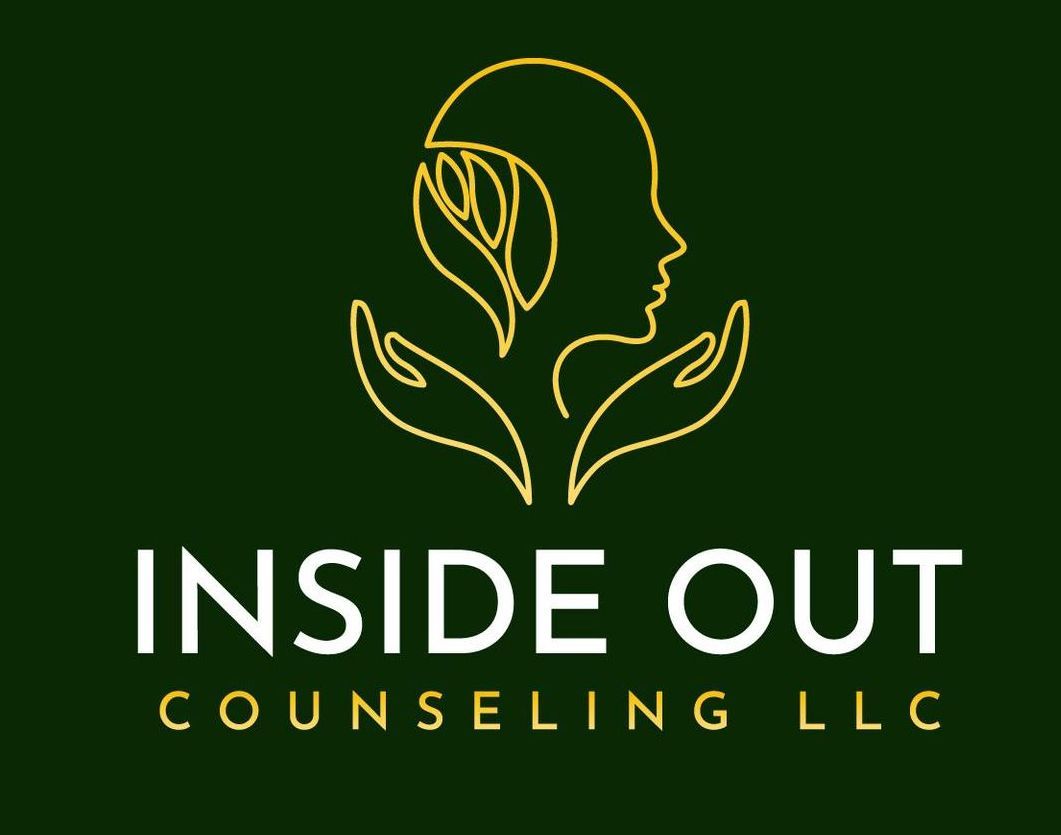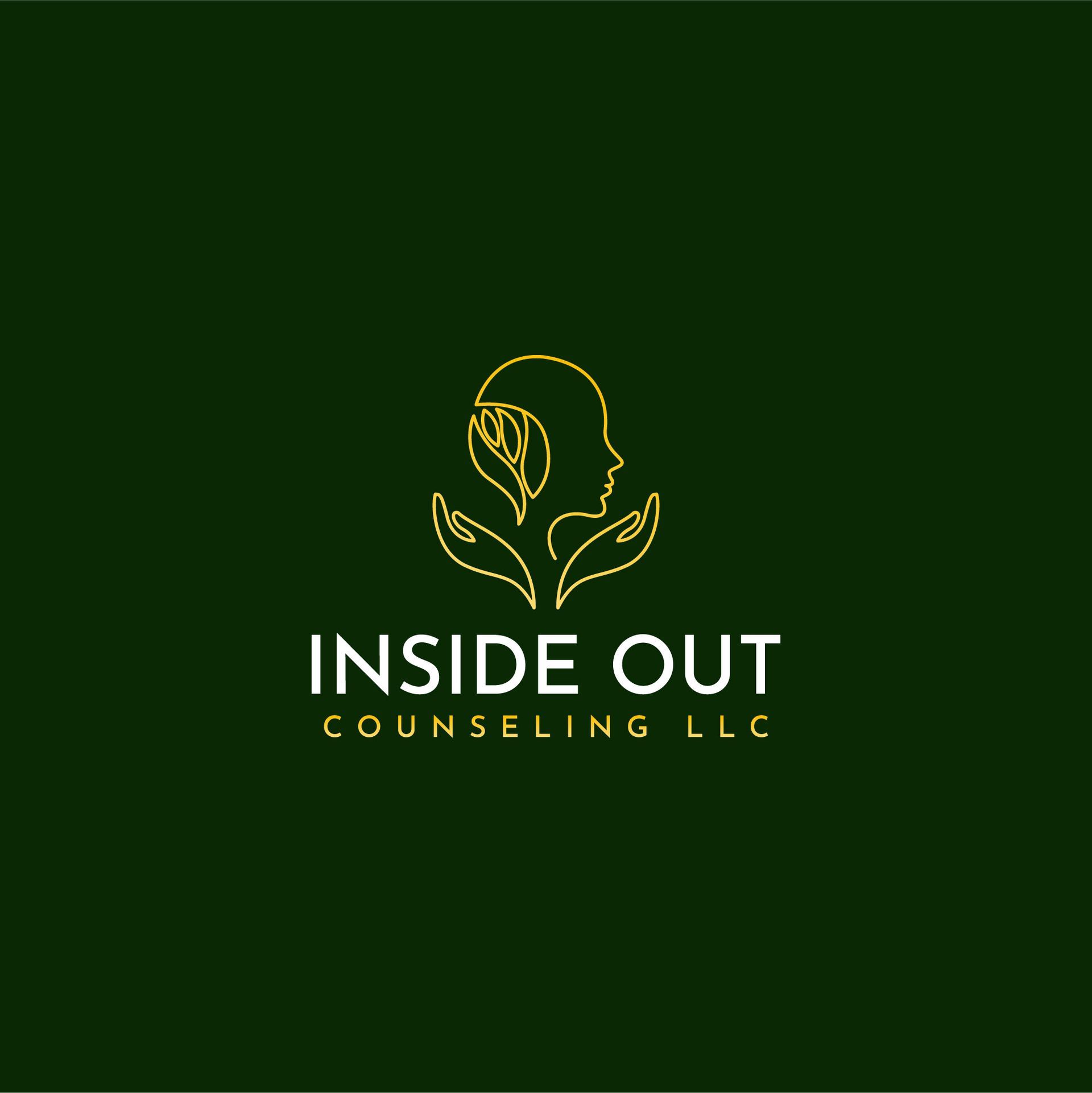Beyond “Safe Spaces”: From Coddling Discomfort to Building Resilience
The Culture of Comfort and the “Low Tolerance” Trap

In recent years, there’s been a noticeable cultural shift toward coddling emotional discomfort. Therapy concepts like boundaries, triggers, and emotional safety have entered everyday language – often with good intentions, but not without drawbacks. Many now label any source of discomfort as “toxic” or “unsafe” and promptly cut it out of their liveshopeinhealingtherapy.com. While genuine abuse or harm should never be tolerated, not all discomfort is dangerous. As renowned therapist Esther Perel notes, “Difficult conversations don’t build weakness; they build strength.”hopeinhealingtherapy.com In other words, facing uncomfortable feelings or opposing viewpoints can be essential for growth rather than something to avoid at all costs.
Our society’s lowered tolerance for discomfort sometimes means we manipulate our environments and relationships to avoid any triggers. For example, a person who learns in therapy about “toxic” people might start avoiding anyone who challenges them, rather than distinguishing between healthy challenges and true harm. The result is a “cut-off culture”where ending relationships becomes a first resorthopeinhealingtherapy.comhopeinhealingtherapy.com. Everyday conflicts or misunderstandings get pathologized; an awkward disagreement with a friend might hastily be framed as “emotional abuse,” or a differing opinion from a colleague labeled “unsafe.” This overuse of therapeutic language as a shield against all conflict can create a false sense of security while stunting our emotional resiliencehopeinhealingtherapy.com. In fact, mental health professionals warn that “phrases like ‘setting boundaries’ or ‘self-care’ are sometimes misapplied, serving as justifications for avoiding conflict rather than addressing it.”hopeinhealingtherapy.com When we avoid any situation that tests us, we never learn to cope with normal life stressors.
The Cost of Over-Protection
Catering to a “low window of tolerance” – i.e. keeping everything so safe and gentle that one is never upset – might feel comforting in the short term, but it carries long-term costs. Psychologists use the term “window of tolerance” to describe the optimal zone of arousal in which a person can handle stress and emotion effectively. Outside of this window, one may go into anxiety or shutdownpositivepsychology.com. It’s true that trauma or chronic stress can shrink this window, leaving people easily overwhelmed. However, research shows that the solution is to gently expand one’s window of tolerance, not to permanently live in a bubblepositivepsychology.compositivepsychology.com. Skills like resilience, adaptability, and emotional agility can broaden our capacity to cope with stresspositivepsychology.com. In practice, that means gradually learning to tolerate discomfort rather than eliminating every potential trigger from our lives.
Ironically, by over-prioritizing emotional safety, we may undermine the very well-being we seek to protect. A 2021 study examining the rise of “safetyism” – an attitude that emotional safety should be preserved at all costs – found that students who endorsed beliefs like “emotional pain is dangerous” or equated words with violence were more anxious and avoidant when facing even minor stressorsgwern.net. The authors noted these avoidance habits “may inadvertently hinder [people’s] intellectual and emotional growth by making them more anxious about, and avoidant of, minor stressors that can foster resiliency.”gwern.net In plainer terms, shielding ourselves from every small stress can backfire – we become more fragile, not less. Other research on psychotherapy echoes this: while a basic sense of safety is crucial, continuous maximum safety is neither possible nor desirable for growthpmc.ncbi.nlm.nih.gov. One integrative review concluded that excess safety or its misuse can “hinder the healthy development of…the ability to tolerate and cope with dangers, risks, insecurities, or frustrations.”pmc.ncbi.nlm.nih.gov In short, humans need some degree of challenge and unpredictability to build psychological strength.
The consequences of avoiding all discomfort are becoming evident. By cutting off relationships or retreating from anything unsettling, people may reduce conflict in the short run – but they also risk increased isolation and loneliness. Social support networks shrink when we label friends and family “toxic” at the first sign of conflict. Indeed, the recent “cut off culture” coincides with what some are calling a loneliness epidemic. One 2024 Gallup survey found 1 in 5 U.S. adults experience loneliness on a daily basishopeinhealingtherapy.com. While many factors contribute to loneliness, it’s telling that our collective avoidance of discomfort in relationships is paired with fewer connections and more isolationhopeinhealingtherapy.com. Protecting our mental health is vital, but as a culture we must be careful not to overdose on avoidance. Instead of reflexively retreating from every challenge, we can learn to endure and work through manageable discomfort, leading to stronger bonds and greater resiliencehopeinhealingtherapy.com.
Mindfulness: Strength Through Uncomfortable Emotions
If there’s one practice that epitomizes learning to sit with discomfort, it’s mindfulness meditation. There’s a common misconception that mindfulness is always a calm, relaxing experience – a safe space in your head. In reality, mindfulness isn’t always “safe” or comfortable. In fact, it can bring up difficult and intense feelings. During meditation, we deliberately turn our attention inward, which often means facing the very thoughts and emotions we usually try to escapepsychcentral.com. For some, this means old traumas or anxieties resurface; long-buried grief or anger may bubble up. As one meditation teacher put it, “Even our mindfulness practice can be harmful. It can trigger difficult internal states… Difficult memories come up. Challenging moods arise… Mindfulness practice opened you up and made you vulnerable.”mindfulnessnorthwest.com If you’ve ever sat quietly with your eyes closed and suddenly felt a wave of panic or a flashback, you’re not alone – studies have documented that mindfulness can sometimes cause distress or even exacerbate anxiety symptoms in certain individualspsychcentral.com. In one review, about 1 in 10 meditators reported significant difficult experiences during practice (though serious lasting harm was very rare)mindfulnessnorthwest.com.
Hearing this, some might conclude that mindfulness is unsafe and should be avoided by anyone with trauma or intense emotions. But psychologists and trauma-informed meditation experts take a more nuanced view. The very fact that mindfulness can “activate” painful feelings is also what gives it healing potential. David Treleaven, a specialist in trauma-sensitive mindfulness, explains that in meditation “we ask people to bring close, sustained attention to their inner world… This inevitably brings someone face-to-face with their trauma. That’s not automatically a bad thing, but unless someone has specific tools… they can end up overwhelmed”psychcentral.com. The key is learning those tools and approaching the discomfort with care, rather than running from it. With proper guidance, even trauma survivors can benefit from mindfulness by adjusting the practice (for instance, focusing on external anchors like sound or touch if closing one’s eyes and focusing on breath feels too intense at first)psychcentral.compsychcentral.com. This approach, known as trauma-informed mindfulness, aims to avoid overwhelming the person initially, while gradually strengthening their ability to face painful experiencespsychcentral.com.
For most people, encountering some emotional turbulence in mindfulness is not a sign to quit—it’s an opportunity to grow stronger. Long-time meditation teachers observe that the difficult moments in practice are often where the real progress happens. “For most of us, most of the time, [difficulty] is just a part of the journey,” writes teacher Tim Burnett. “We take care of ourselves... and we realize we’ve learned something by going through [the] difficulty… We feel that growth and healing has happened.”mindfulnessnorthwest.com In essence, mindfulness cultivates distress tolerance: you learn how to be present with an uncomfortable feeling without immediately freaking out or escaping. Over time, this builds an inner confidence – a knowledge that “I can handle this sensation; it will pass.” Instead of your window of tolerance staying narrow, regular mindfulness practice can gently push its walls outward, little by little. Indeed, techniques like mindfulness are specifically recommended by psychologists as a way to expand one’s window of tolerance and improve emotional regulationpositivepsychology.com. By sitting with a feeling of anxiety or sadness in meditation, and seeing that you can survive it, you train your nervous system to be less reactive the next time a wave of that feeling comes.
It’s important to note that mindfulness, like exercise, can be challenging – and just as muscles grow from resistance, our emotional resilience grows from facing inner resistance. The goal is not to suffer needlessly, but to learn “I can roll with the feelings that come up.” With patience and support (self-compassion, a teacher or therapist when needed), working through those activations is ultimately empowering. You carry that strength with you into daily life: the next time you’re anxious at work, or upset by a friend, you might breathe and recall I’ve felt this before; I know it won’t break me. In this way, mindfulness teaches you how powerful you really are – not because it makes painful feelings vanish, but because it shows you that you can survive and even grow from them. The truth is, nothing is 100% “safe,” including meditation or therapy. But as we often tell clients: safe isn’t the same as strong. Resilience comes from exposure to manageable challenges. Much like a vaccine strengthens the body by exposing it to a controlled dose of a virus, exposing our mind to discomfort in small, controlled doses (like a 10-minute meditation sit, or a tough conversation with a loved one) can strengthen our psyche.
A Call to Therapists (and All of Us): Balancing Safety and Challenge
For therapists, teachers, and anyone in a helping role, this cultural moment calls for a delicate balance. On one hand, we absolutely must provide safety, validation, and compassion to clients or loved ones who are struggling. Research in psychotherapy consistently finds that a sense of safety is foundational – it “enables restoration, fuels exploration, and facilitates progress” in treatmentpmc.ncbi.nlm.nih.gov. A person who feels chronically unsafe or threatened cannot easily grow. However, recent research also emphasizes that too much protection – or rather, protection taken to an extreme – can stall growthpmc.ncbi.nlm.nih.gov. As one 2023 integrative review put it, adequate progress doesn’t require “continuous maintenance of maximum possible safety”pmc.ncbi.nlm.nih.gov. In therapy terms, this means that while the therapeutic space should be secure and supportive, it shouldn’t become a perpetual bubble wrap shielding the client from all challenges. If we coddle our clients (or children, or ourselves) to the point where they never feel any distress, we deny them the chance to build coping skills in real-world conditions.
Therapists might consider this when teaching clients about boundaries and triggers. Setting boundaries is healthy, but are we also teaching flexibility? Life will not always respect our emotional comfort zone – at work, in public, or even in relationships, we will encounter people and situations that provoke us. Rather than giving clients the message that they must rearrange or “trigger-proof” their entire lives, we can work on expanding their capacity to tolerate stress. This might mean using gradual exposure techniques for an anxious client, or mindfulness and grounding skills for a trauma survivor, so they can face difficult memories without dissociating. Indeed, exposure-based approaches are a cornerstone of treating anxiety: by facing fears in a controlled way, clients retrain their brains and reduce their anxiety over timepmc.ncbi.nlm.nih.gov. Avoidance, by contrast, while immediately relieving, tends to maintain or even worsen anxiety in the long runpmc.ncbi.nlm.nih.gov. The same principle applies outside of clinical disorders: if someone avoids all situations that make them mildly uncomfortable, their overall tolerance shrinks and the world eventually feels full of triggers. Our goal – whether as therapists or simply friends – should be to help people feel “safe enough” to take meaningful risks and engage with life, not to encourage permanent retreat.
Toward an Empowered, Resilient Adult Self
Ultimately, fostering true psychological well-being in adulthood means moving beyond a childlike insistence on total safety. Real life is unscripted and sometimes uncomfortable. Resilient adults are not those who never get upset – they are those who can handle being upset and still move forward constructively. We do ourselves no favors by treating our emotional fragility as an immutable condition that the world must accommodate. Yes, we all have different sensitivity levels and histories, and compassion for those differences is crucial. But compassion isn’t the same as capitulation. Just as a good physical trainer will adapt to a client’s limits but still encourage them to lift a bit more over time, we should be gently challenging our emotional limits. If your “window of tolerance” is small today, it doesn’t have to remain so – you can slowly widen it by testing the edges.
So, let’s reconsider the narrative that “if it’s not 100% safe and comfortable, it’s not acceptable.” Instead, we can embrace a more nuanced mantra: “Safe enough to risk growth.” In therapy sessions and daily life conversations alike, that might look like respectfully airing a disagreement rather than staying silent, even if your voice shakes. It might look like allowing yourself to recall a painful memory in the therapist’s office, even though it brings tears, trusting that you’re in a supportive environment to process it. It could be as simple as meditating through a few minutes of anxiety instead of immediately stopping – proving to your mind and body that the feeling, though uncomfortable, is tolerable and will pass. Each time we do this, we send ourselves a powerful message: I am capable of surviving this; I am growing from this.
In a world that increasingly tells us to avoid, cancel, or escape anything that ruffles our feelings, choosing to face discomfort with mindfulness and courage is a revolutionary act. It’s not easy – but it is profoundly rewarding. By learning to ride the waves of activation with care and attention, we become stronger swimmers in life’s ocean of experiences. And rather than carrying a metaphorical bubble around us wherever we go, we carry something far more useful: the confidence that we can roll with whatever feelings arise, wherever we are. That inner resilience is the real safety – not a brittle shield that might crack, but a flexible strength that allows us to live more fully and freely.
Sources:
- Liz David, Hope in Healing Therapy blog – on overusing “toxic” labels and the rise of therapy-speakhopeinhealingtherapy.comhopeinhealingtherapy.com.
- Gallup Poll (2024) – finding that 20% of U.S. adults report feeling lonely every dayhopeinhealingtherapy.com.
- Lukianoff & Haidt (2018) via Celniker et al. (2021) – warning that “safetyism” (the idea that emotional discomfort is dangerous) can hinder resiliencegwern.net.
- Podolan & Gelo (2023) – on the functions of safety in psychotherapy, noting that too much safety (over-protection) may impede developing coping skills for life’s riskspmc.ncbi.nlm.nih.gov.
- PositivePsychology.com (2024) – explaining the “window of tolerance” and how mindfulness and other techniques can expand one’s capacity to handle stresspositivepsychology.com.
- PsychCentral (2022) – on trauma-informed mindfulness, acknowledging mindfulness can trigger distress but, with adjustments, can help individuals face and heal trauma graduallypsychcentral.compsychcentral.com.
- Tim Burnett (2024) – Mindfulness Northwest article affirming that while mindfulness can provoke difficult emotions, working through them leads to learning, growth, and healingmindfulnessnorthwest.commindfulnessnorthwest.com.
- Hofmann & Hay (2018) – J. Anxiety Disorders article emphasizing that avoidance maintains anxiety disorders, and exposure (facing fears) is a core element of effective therapypmc.ncbi.nlm.nih.gov.



